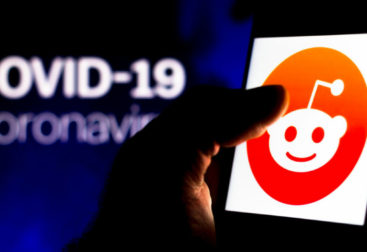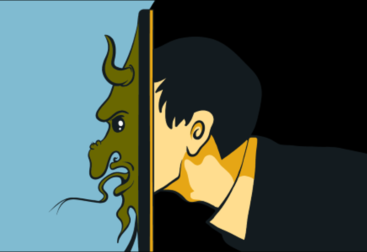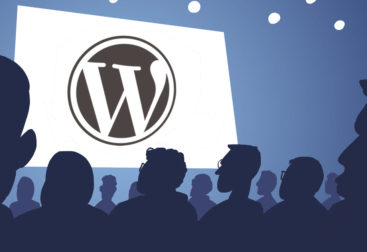We see a lot of visible signs of activism on modern social media platforms, from hashtag based movements like #blacklivesmatter, to online platforms to co-ordinate activism such as Getup and Change.org.
Before the time of social media, the internet was still home to a wide variety of digital activism, with some of the earliest internet communities being built around counter cultural and activist ideologies.
These early communities helped spread the concepts and practices of offline activist movements across the world, and build a consensus around forms that activism could take.
One of these forms of activism was in the form of culture jamming, which is defined as “form of resistance to the hegemony of popular culture, based on the ideas of guerrilla communication and the detournement of popular icons (Marshall, 2014)”. This form of activism was pioneered by Adbusters, a magazine based in Vancouver, Canada which was started in 1989.
Adbusters used culture jamming to alter magazine advertisements, and later television commercials to change their message in subversive ways, communicating an anti consumerism or anti capitalism message. The original advertisement is altered in order to highlight issues with hegemonic ideologies and modern capitalist society.
Adbusters themselves in 1999 declared when discussing culture jamming that their intention is to “jam the pop-culture marketers and bring their image factory to a sudden, shuddering halt” (Lasn, 1999, p. 128).
With the rise of social media over the past decade, images and videos made with a culture jamming intent have been able to be quickly shared through a network of supportive users to a worldwide audience. This amplifies the power of culture jamming in a way that was previously difficult.

Originally, Adbusters and other practitioners saw the practice as one tactic in an information based “meme war” that was being fought in both the culture and the minds of the general public (Lasn, 1999). The public ability to share and like content, which is an affordance enabled by platforms such as Twitter and Facebook, are the perfect medium for such a war to be fought.
Originally, culture jamming was primarily the domain of anarchist and left leaning political activists , but in recent years versions of this tactic has also been adopted by people with opposing and contradictory views and aims.

For example, memes created by Alt-Left and Trump supporters which altered and recontextualised photos of Hilary Clinton in the lead up to the 2016 election can be thought of as a version of culture jamming, as they are appropriating images which were originally intended for the political promotion of one candidate , and subverting it to undermine their image.
REFERENCES
Marshall, L 2004, ‘Culture Jam’, Urban Dictionary, November 29, viewed 16 April 2019, <http://www.urbandictionary.com/define.php?term=culture%20jam>.
Lasn, K. (1999). Culture jam: The uncooling of America. New York: Eagle Brook
Dery, M 2010, Culture Jamming: Hacking, Slashing, and Sniping in the Empire of Signs, Shovelware, viewed 16 April 2019, <http://markdery.com/?page_id=154>.
IMAGES
@Rtavenor, Twitter, 2016
<https://pbs.twimg.com/media/CgKXMlyXEAAHyaf?format=jpg&name=medium>
Quartz, 2016, Palmer Luckey sold Oculus to Facebook (FB) for $2 billion. Now he’s funding a group that “shitposts” anti-Hillary Clinton memes.
<https://cms.qz.com/wp-content/uploads/2016/09/hillary-biden.jpg?quality=75&strip=all&w=350&h=252&crop=1>






Some great examples in here Steven, I have become a big fan of Adbusters on Instagram, they have great material.
I would recommend formatting your reference lists properly using either Harvard or APA as per Swinburne’s guide. It is a bit of a time-drain, but well worthwhile when it comes marking time 🙂
This is really fascinating stuff! I grew up with social media at my fingers so I never really thought about how online activism functioned before it–or how that would have evolved as social media sites did.